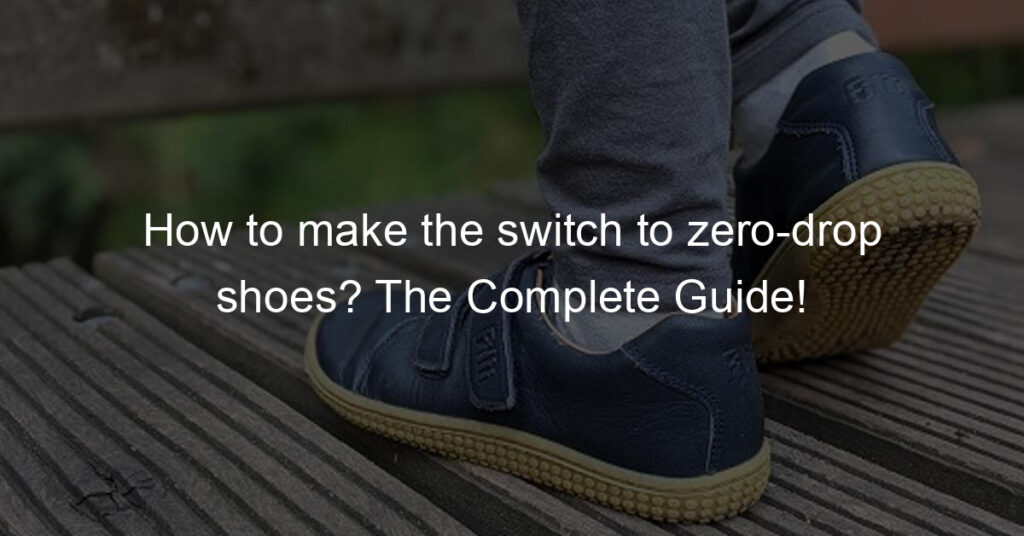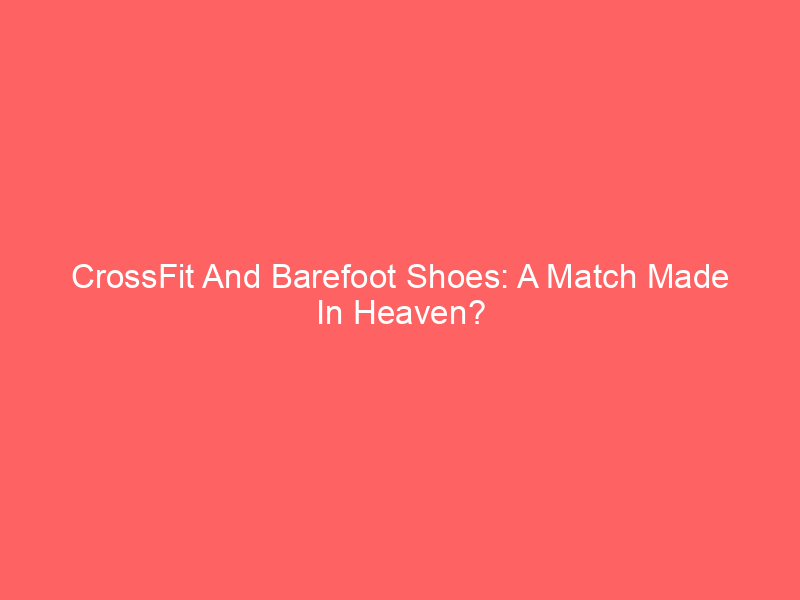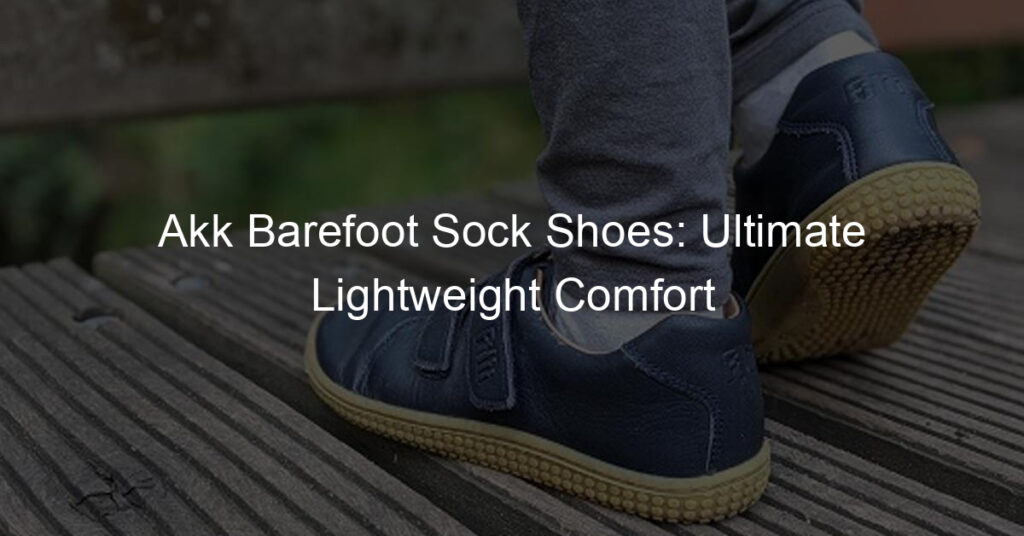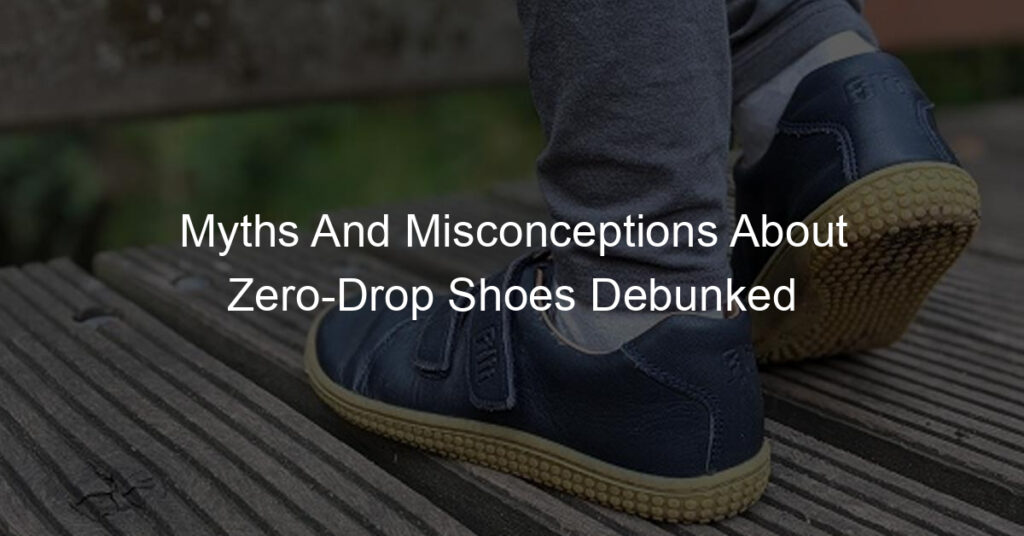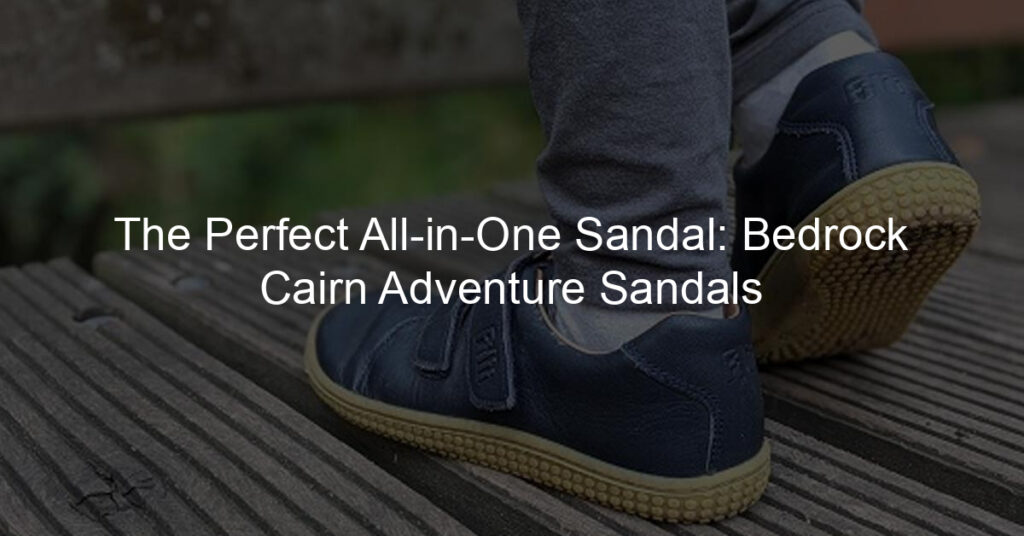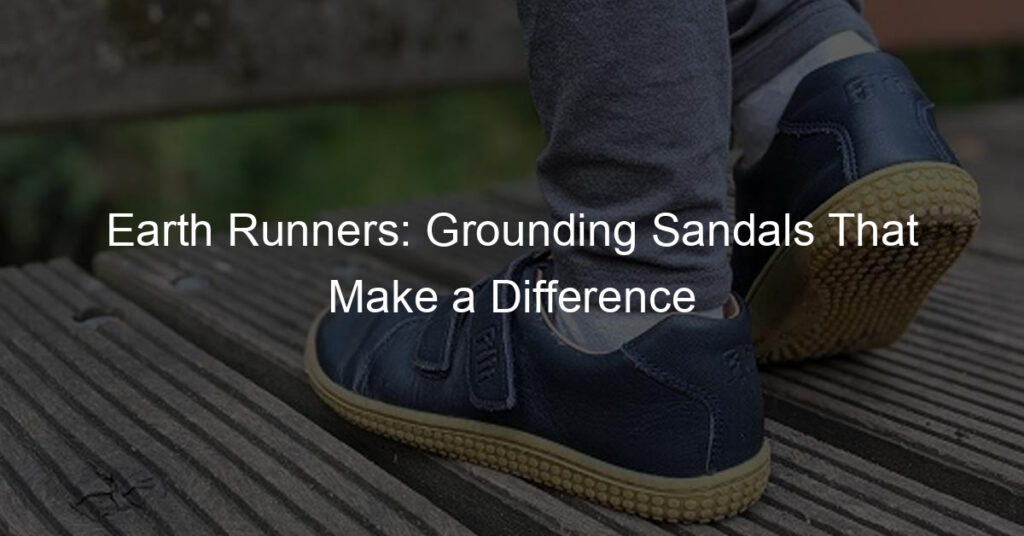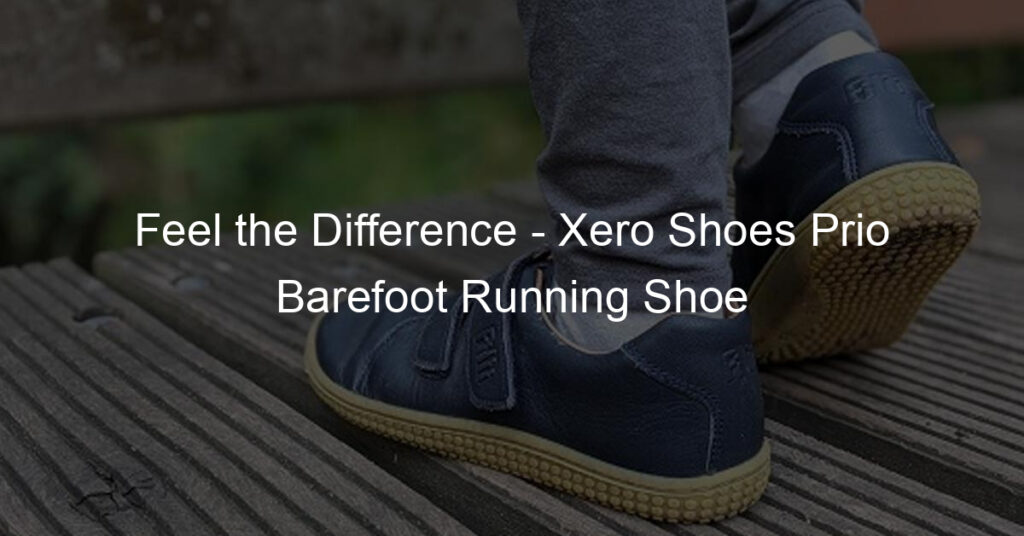If you want to know how to make the switch to zero-drop shoes, there are a few things you’ll need to keep in mind. These shoes are a type of footwear that has no difference in height between the heel and the forefoot.
This design promotes a more natural walking or running several provides several benefits for both beginners and experienced runners alike. If you are looking to improve your running condition and technique, then you may want to consider making the switch to zero-drop footwear. It may take a few weeks or even months to get used to the new shoes but it’ll be worth it in the long run.
What are zero-drop shoes?
As the name suggests, these shoes have a 0mm difference in height between the heel and the forefoot.
So, what else you should know?
While the term “zero drops” is relatively new, the concept of this footwear is not. Ancient cultures such as the Egyptians and the Greeks wore shoes that were designed to provide a natural, barefoot-like experience. The first modern zero-drop footwear was introduced in the early 2000s by a company called Vibram.
The popularity of these shoes has grown in recent years, as more and more people are looking for ways to improve their running technique.
Zero drop running shoes can be a great option for beginner runners, as they can help to teach proper running form. Experienced runners can also benefit from flat drop shoes, as they can help to improve running efficiency and reduce the risk of injury.
Apart from that, in terms of walking and day-to-day activities, wearing barefoot footwear can also help to improve posture and alignment.
What are the benefits of zero-drop shoes?
Here are the potential benefits you can enjoy while wearing zero-drop footwear:
- Improved running form – These shoes encourage a more natural running stride, which can lead to improved form and technique.
- Reduced impact – The reduced heel-toe drop height of these shoes puts less stress on the knees and joints, which can lead to reduced impact and fewer injuries, and may help deal with knee pain.
- Greater stability – The wide toe box and low center of gravity of these shoes provides greater stability and balance, which can be especially beneficial for beginner runners (but not only!).
- Wide range of motion – The minimalist footwear design allows for a greater range of motion in the foot and ankle, which can improve running economy. Making the switch to flat-drop can be a great way to improve your walking & running formation and technique.
- Feel the difference – These shoes offer a more natural movement, allowing you to connect with the ground and get a better sense of your surroundings.
- improved posture – These shoes can also improve posture and alignment by promoting a more upright stance.
- better alignment – lower drop shoes help to keep the feet, knees, and hips in better alignment, which can lead to fewer injuries.
- strengthened muscles – The more natural design of these shoes requires the use of more muscles, which can lead to strengthened muscles over time.
How can I make the switch to zero-drop shoes?
For making the transition to zero drops (even if these are zero-drop flip-flops), you must be patient and listen to your body. The transition period may differ from person to person, and it is important not to push yourself too hard too soon. Here are a few tips for transitioning to zero drops:
First, flat-drop shoes require a bit of an adjustment period. It’s important to take things slowly at first and start with short distances. Gradually increase your mileage as your body adjusts to the new shoes.
Second, these shoes are not necessarily suitable for everyone. If you have a known injury risk or any existing injuries or medical conditions, make sure to consult with a doctor or physical therapist before making the switch.
Finally, be sure to do your research and purchase a pair of these shoes that fit well and are comfortable for you. There are a variety of different brands and styles to choose from.
What should I keep in mind when making the switch to zero-drop shoes?
Whether you plan to walk with these shoes, run, or even go to work. keep these things in mind during the transition process:
- Your shoes will feel different: if you’re used to wearing shoes with a heel, it may take some time to get used to the sensation of a zero-drop shoe. The heel strike is different from your old shoes. Be patient and give yourself time to adjust.
- Your calves may feel tight at first: since you’re using muscles that may not be accustomed to the new range of motion, it’s not uncommon for your calves to feel tight or even sore after walking or running in minimalist shoes. Again, be patient and give your body time to adjust.
- Start slowly: if you’re a runner, don’t try to do too much too soon. Gradually increase your mileage and intensity as your body adjusts to the new pair of shoes.
Unlike high-drop shoes, which can put a lot of strain on the Achilles tendon and calf muscles, barefoot footwear allows for a more natural range of motion. This can take some getting used to, but the benefits are worth it!
Making the switch to a lower drop shoe can provide several benefits, but it’s important to keep a few things in mind. With a little bit of patience and time, you’ll be on your way to enjoying the benefits of this type of footwear.
Are there any disadvantages to zero-drop shoes?
There are a few potential disadvantages to these shoes, such as:
- they may not be suitable for everyone, particularly those with certain foot or ankle problems;
- they may not be as comfortable as other types of shoes, at least at first;
- they may be more expensive than some other types of shoes.
To avoid injury, If you have any concerns about whether flat-drop shoes are right for you, it’s best to speak to a healthcare professional or certified running coach before making the transition p.
How can you know if zero-drop shoes are right for you?
If you’re intrigued by the idea of 0mm drop shoes but aren’t sure if they’re right for you, there are a few things you can do:
- Read up on the benefits and potential disadvantages of these shoes to see if they align with your needs and expectations.
- Talk to a healthcare professional or certified running coach about whether zero-drop footwear may be a good option for you.
- Try out a pair of lower-drop shoes for yourself to see how they feel. Many shoe stores will allow you to test out shoes before purchasing them, so take advantage of this opportunity.
Most important of all, trust your gut. If you have a feeling that zero-drop footwear isn’t right for you, then don’t force it. There are plenty of other options out there (including zero-drop dress shoes), and ultimately, the best type of shoe is the one that feels comfortable and works well for you.
What are some of the best zero-drop shoes on the market?
If you’re interested in trying out these shoes, here are a few popular options to consider:
- Altra Zero Drop Footwear: Altra shoes are one of the most popular brands when it comes to minimalist shoes. They offer a wide range of shoes for both men and women, so you’re sure to find something that fits your needs.
- Merrell Barefoot: Merrell is another well-known brand that offers several different zero-drop shoes. They have options for both casual wear and more intense activities, so you can find the perfect shoe regardless of how you plan to use it.
- Vibram FiveFingers: Vibram’s FiveFingers shoes are designed to offer a barefoot experience while still providing some protection for your feet. If you’re looking for a truly minimalistic approach, these may be the shoes for you.
Of course, these are just a few of the many different brands and styles of zero-drop shoes that are available on the market.
Nowadays, you can find minimalist shoes for any occasion. That’s due to the fact, that several known companies make this kind of shoe, such as Nike, New Balance, and Adidas. As minimalist running shoes become more popular, the selection of minimalist shoes will only continue to grow. More and more traditional shoe companies are all jumping on the minimalist bandwagon, so you’ll have no shortage of options to choose from.
This is not a small trend anymore, it’s a movement that people are starting to get behind due to the benefits that zero-drop shoes provide.
Do you need to buy special socks to go with zero-drop shoes?
You don’t necessarily need to buy special socks to go with flat-drop shoes, but certain types of socks may be more comfortable.
For example, many people find that toe socks or liner socks help reduce friction and prevent blisters when wearing zero-drop shoes.
If you’re not sure what type of sock to choose, it’s best to ask a salesperson at the shoe store for advice. They’ll be able to point you in the right direction and help you find the perfect sock for your needs.
In general, it’s a good idea to avoid thick socks when wearing zero-drop shoes. Thick socks can make it difficult to accurately feel the ground, which can lead to injury. If you must wear thick socks, make sure they’re well-fitting and not too loose.
Can I use zero-drop shoes for all types of running?
Minimalist shoes can be used for all types of running styles, including:
– long-distance running
– trail running
– sprinting
– racing
Making the switch to these shoes can provide several benefits, both for beginner and experienced runners alike. With a little bit of patience and time, you’ll be on your way to enjoying the many benefits that come with this type of footwear.
Pay attention to your foot strike when you start running in zero-drop shoes. If you find that your heel is striking more than usual, it’s important to make a conscious effort to change your stride.
Heel striking can lead to injury, so it’s best to avoid it if possible. These shoes will put your focus on a mid-foot or forefoot strike, which is much more efficient and less likely to cause injury.
Standard running shoes are designed to cushion the heel, which can promote heel striking. With flat-drop shoes, there’s little to no heel cushioning, so you’ll need to be more aware of your foot strike.
Barefoot running has become increasingly popular in recent years, and for good reason. This type of running makes you run more naturally and helps to strengthen the muscles in your feet and legs.
How to choose the right pair of zero-drop shoes?
When it comes to choosing the right pair of shoes, there are a few things you’ll need to keep in mind, including:
- your foot type
- The environment you will wear them
- your purpose of use
- your running goals (if you plan to run)
- the type of terrain you’ll be running on (if you plan to run)
Your foot type is an important consideration when choosing zero-drop shoes. If you have high arches, for example, you’ll need a different type of shoe than someone with flat feet. The environment you’ll be wearing your shoes in is also important.
If you live in a warm climate, you’ll need a different type of shoe than someone who lives in a cold climate. And finally, your purpose of use and running goals will also play a role in choosing the right pair of shoes.
If you’re just starting, you may not need the same type of shoe as someone who’s been running for years.
Conclusion
There’s no doubt that zero-drop footwear has a lot to offer. If you’re looking for a more natural walking or running gait, or want to improve your running performance, these shoes may be right for you.
If you are used to traditional shoes, it will take some time to get used to zero-drop shoes. Start by wearing them for short periods and gradually increase the amount of time you wear them each day.
With so many different brands and styles available, there’s sure to be a pair of these shoes that’s perfect for your needs.
Do some research, ask around, and try on a few pairs before making your final decision. With a little bit of effort, you’ll be on your way to enjoying the many benefits that come with this type of footwear.

